Animal Welfare
06/03/2025
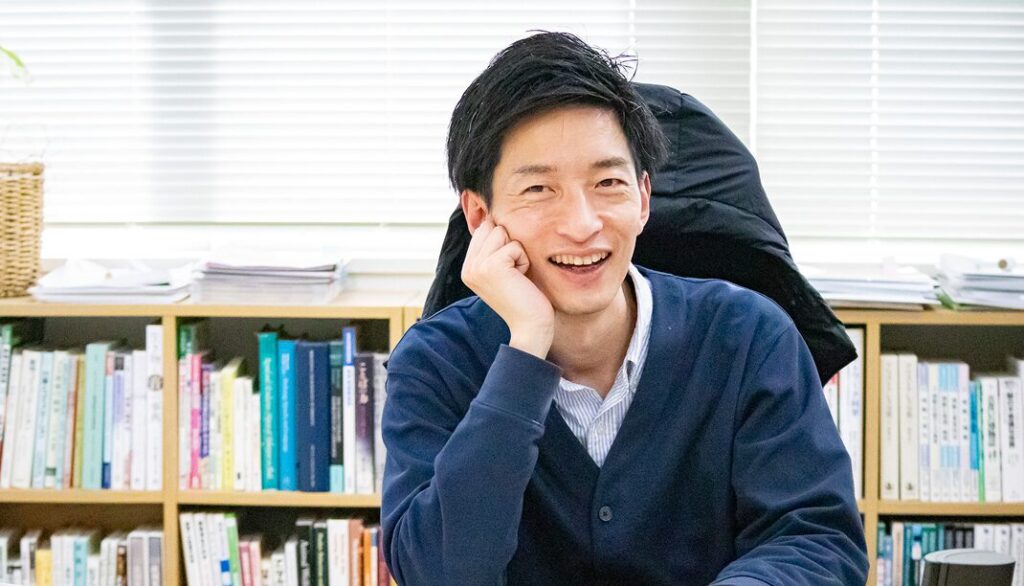
Since 2023, Professor Tsuyoshi Shimmura, who serves as an advisor to Lively, has been actively engaged in promoting animal welfare in Japan while teaching in the Department of Biotechnology Production, Tokyo University of Agriculture and Technology. In this interview, we spoke with Professor Shimmura about his passion for research and the ongoing collaborative project with Lively: the “Unshelled” next-generation animal welfare model facility for laying hens.
Tsuyoshi Shimmura
Professor, the Graduate School of Agriculture at Tokyo University of Agriculture and Technology
Tsuyoshi Shimmura graduated from the School of Veterinary Medicine at Azabu University and earned his Ph.D. in Veterinary Science from the same university’s graduate school. Since his student days, he has consistently pursued research in animal welfare and animal behavior.
Currently, he leads a research group specializing in Systemic Behavioral Biology and Animal Welfare Science at Tokyo University of Agriculture and Technology. He is dedicated to realizing the concept of “One Welfare,” which recognizes the interconnected well-being of animals, humans, and the environment.
With Lively, he has been involved as an advisor since 2023. Sharing a common vision and a passion to give back to animals, he works alongside the team, striving to co-create new value.
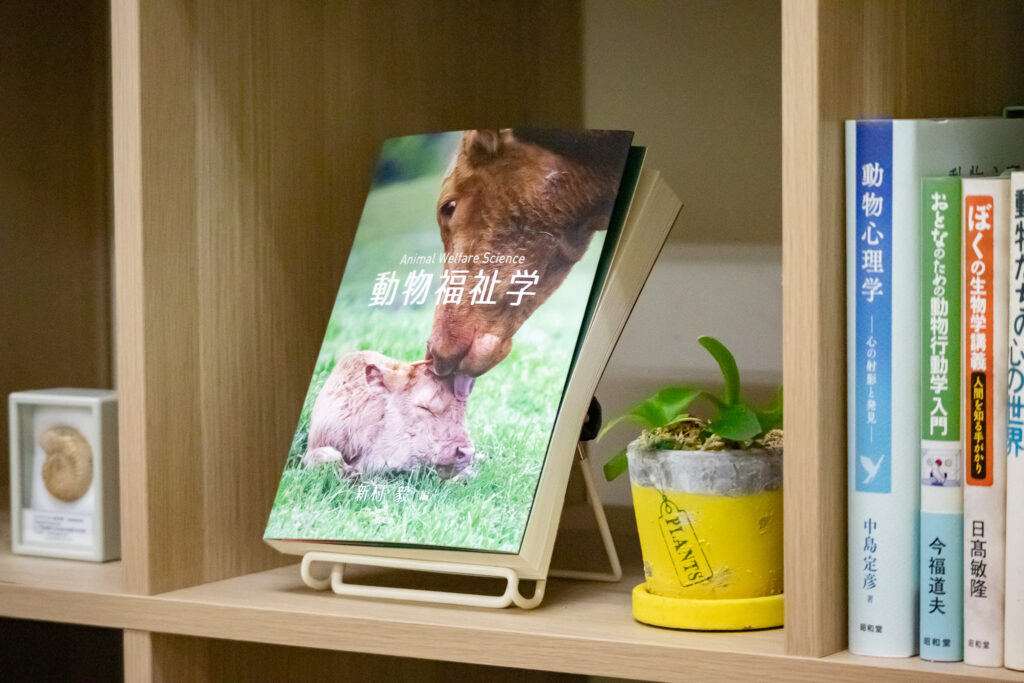
I was born in Yokohama, Kanagawa Prefecture, and grew up in a house nestled at the foot of the mountains, surrounded by nature. As a child, I loved reading the Doctor Dolittle series, which my parents bought for me, and I often spent time exploring the nearby forest, observing snakes, moles, and all kinds of insects.
I used to catch lizards and bugs and keep them at home. One day, I noticed something interesting—their behavior changed depending on their environment. There was a clear difference between keeping them in a plain plastic container and in one that had enough space, leaves, and branches to mimic their natural habitat. Witnessing how these animals lived in the wild, observing their natural behaviors, and even seeing them reproduce and bring new life into the world—those experiences moved me deeply. Looking back, they were what first inspired me to pursue the path I’m on today.
No, I didn’t actually decide to become a scientist until I was in university. I’ve always felt a deep sense of healing and support from animals throughout my life, so I had a vague desire to “work with animals” in some way—but I was unsure about the exact path to take.
In high school, I considered becoming a veterinarian, but I realized that I wanted to do more than just help one animal at a time. I wanted to be involved in work that could impact a much larger number of animals. As I explored my options, I came across the Laboratory of Animal Behavior and Management at Azabu University, which really resonated with me. That’s what led me to enroll in the university’s School of Veterinary Medicine and begin my journey into animal-related research.
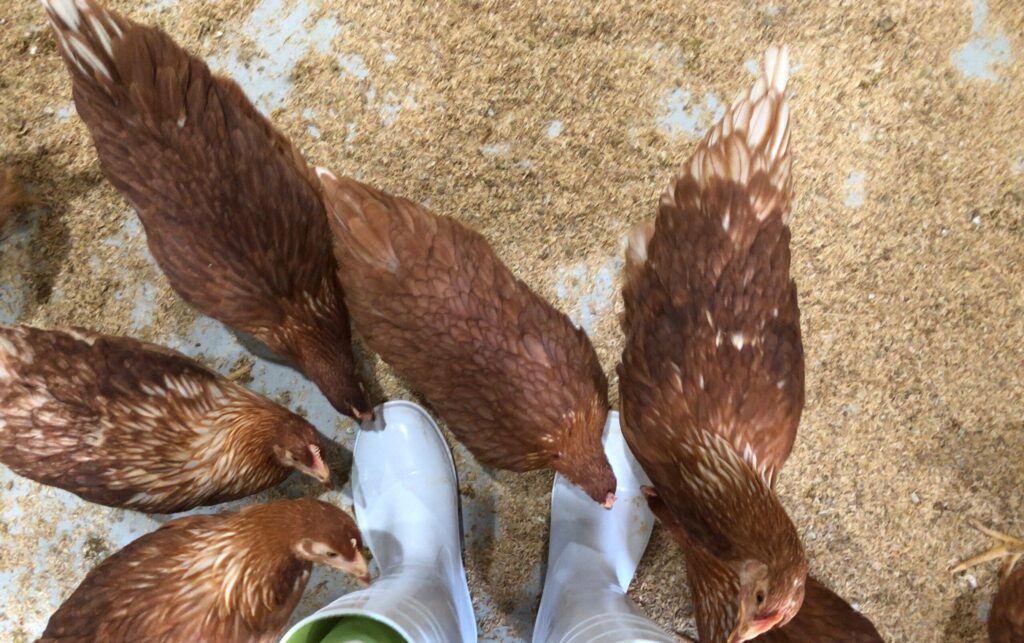
At university, I studied a wide range of topics—from animal psychology and behavior to nutrition and disease. In the lab, I worked with hens and conducted research on designing their living environments from the ground up, such as comparing caged systems and free-range housing. What fascinated me was seeing the hens respond exactly as intended to the environments we designed. That sense of discovery really drew me in, and before I knew it, I was completely absorbed in the research.
I originally chose hens somewhat casually, mainly because they were relatively easy to work with in research—and now it’s been nearly 20 years! To be honest, I’ve always been more fond of cats and reptiles. But as my research progressed, hens gradually became animals I grew quite attached to. While some researchers work with a variety of species, I’m the type who prefers to really dig deep into one subject. That’s probably why my relationship with hens has lasted much longer than I initially expected.
I suppose not. I think it helped that my parents never pressured me in any particular direction—they gave me the freedom to pursue what I was genuinely interested in, and that created a very supportive environment. Also, my grandfather was a linguist, so perhaps having that kind of role model in the family made the idea of becoming a scientist feel more familiar and attainable.
My grandfather’s house was always filled with stacks of books. I still remember him saying things like, “Research is all about diving deep into what you love. If that becomes your job, what could be better?” Maybe those words stuck with me, even as a child, and quietly influenced the path I chose.

Our main research theme is improving animal welfare, and We’re currently working on three main projects. The first is called behavioral genetic selection, where we use genome analysis to uncover the molecular mechanisms behind problematic behaviors in hens. A well-known example of such behavior is cannibalism—hens attacking and eating one another.
Back when I was a student, I actually witnessed cannibalism in hens during my research. It was a real shock at the time. As the days went by, the situation in the lab worsened to the point where I had no choice but to halt the study altogether—a bitter experience, to say the least. Now, I’m working on identifying the genes that control this behavior, with the goal of developing new breeds of hens that are less aggressive.
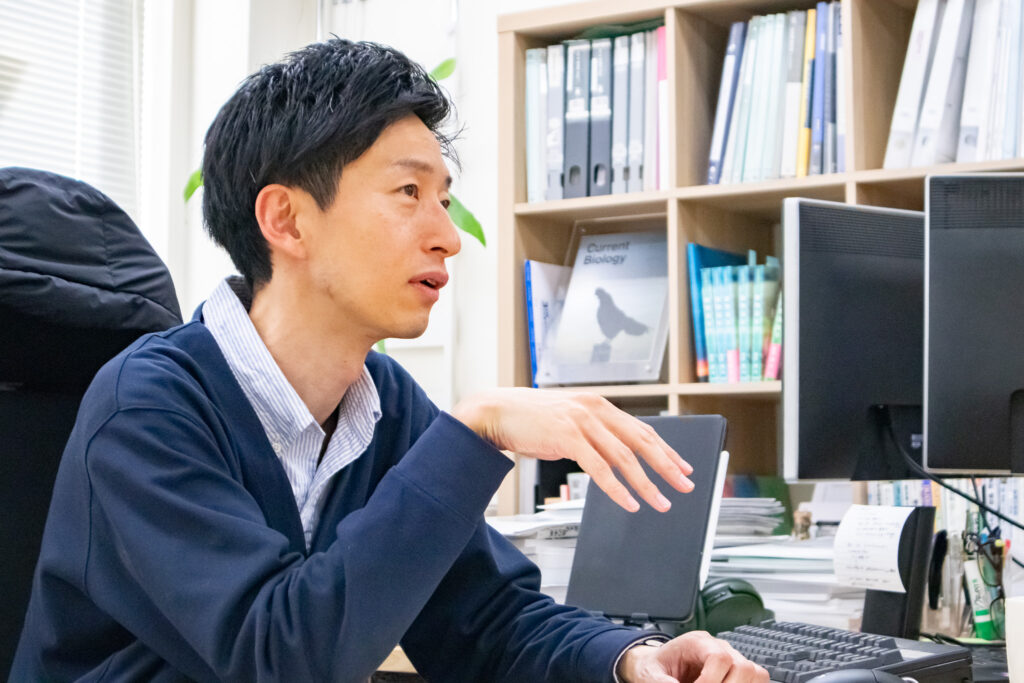
The second project is called Animal Computer Interaction—a field that aims to make communication between humans and animals possible, much like in the Doctor Dolittle series. For example, we’ve learned that hens have specific communication rules, such as how higher-ranking individuals in the flock are the ones who crow first. We’re particularly focusing on the communication between mother hens and their chicks, and studying both the content of their interactions and how it affects the chicks’ development.
Although the human ear can’t distinguish between them, there are clearly different sound frequencies between a chick’s “happy cheep” when it finds food and its “distressed cheep” when it feels stressed. Based on this, we conducted an experiment in which we recreated mother-chick communication using a robot—we actually raised chicks with a robotic mother hen. What we found was fascinating: chicks that were separated from their mothers immediately after hatching showed heightened startle responses to people, objects, and sounds. In contrast, chicks that were raised with a mother hen—or even by the robotic hen—showed much milder startle reactions..
That’s right. Of course, simply having a robot mimic the mother hen’s sounds isn’t effective on its own. It’s crucial that the robot communicates in a way that responds to the chick’s emotional state. Our analysis of the “happy cheep” and “distressed cheep” was a key factor in making meaningful interaction with the chicks possible.
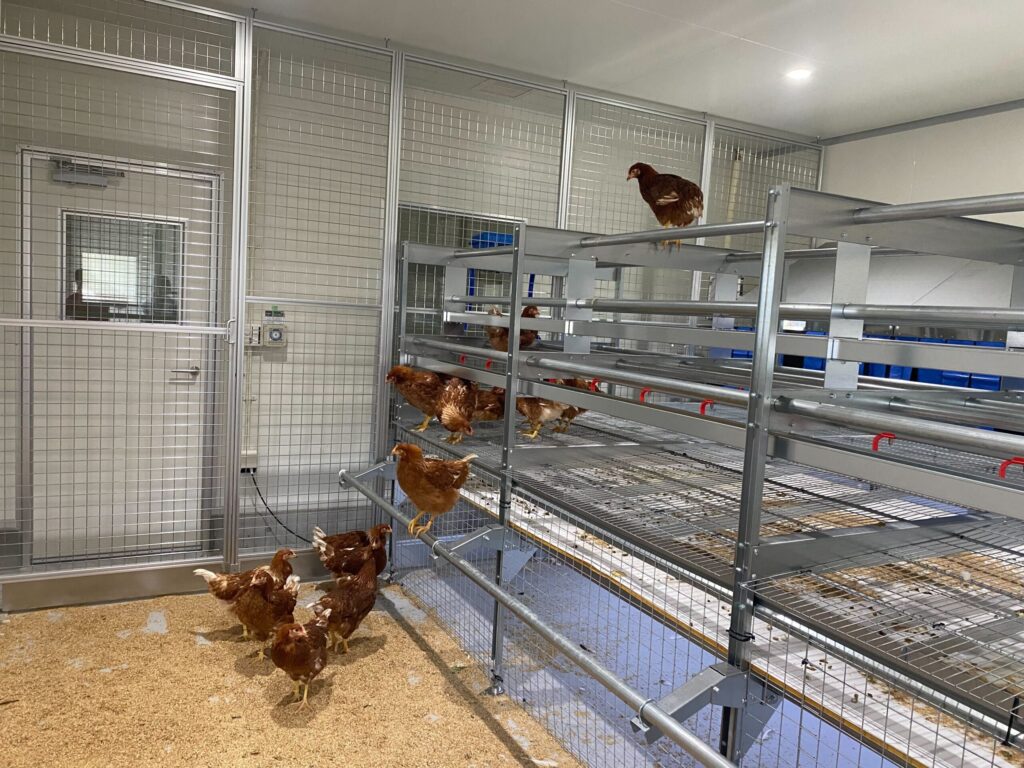
The third project is called Welfare-Oriented Environmental Design, which involves proposing optimal rearing environments and systems for animals—something I mentioned briefly at the start. Designing better living environments for hens play a key role in raising healthier hens and producing tastier eggs.
Yes, studies have shown that the rearing environment does affect both the health of hens and the taste and nutritional content of their eggs. For example, hens raised in free-range systems tend to produce eggs with higher levels of vitamin B. We discovered that this is because the hens peck at their own droppings, which contain gut bacteria that synthesize vitamin B—and this accumulates in the eggs. There are many other fascinating findings as well. For instance, eggs from hen raised with exposure to sunlight tend to have higher levels of vitamin D. To help more people learn about these discoveries and promote animal welfare in Japan, we completed a model facility for laying hens called “Unshelled” in March 2025.
In the second part of the interview, we’ll talk about the background behind the creation of Unshelled—a next-generation, animal-welfare-oriented model facility for laying hens and the educational programs we’re conducting in collaboration with Lively.
Please click here to read the second part of the interview.
Ryoko Nishi / Writer & Photographer
Tomomi Miura / Lively